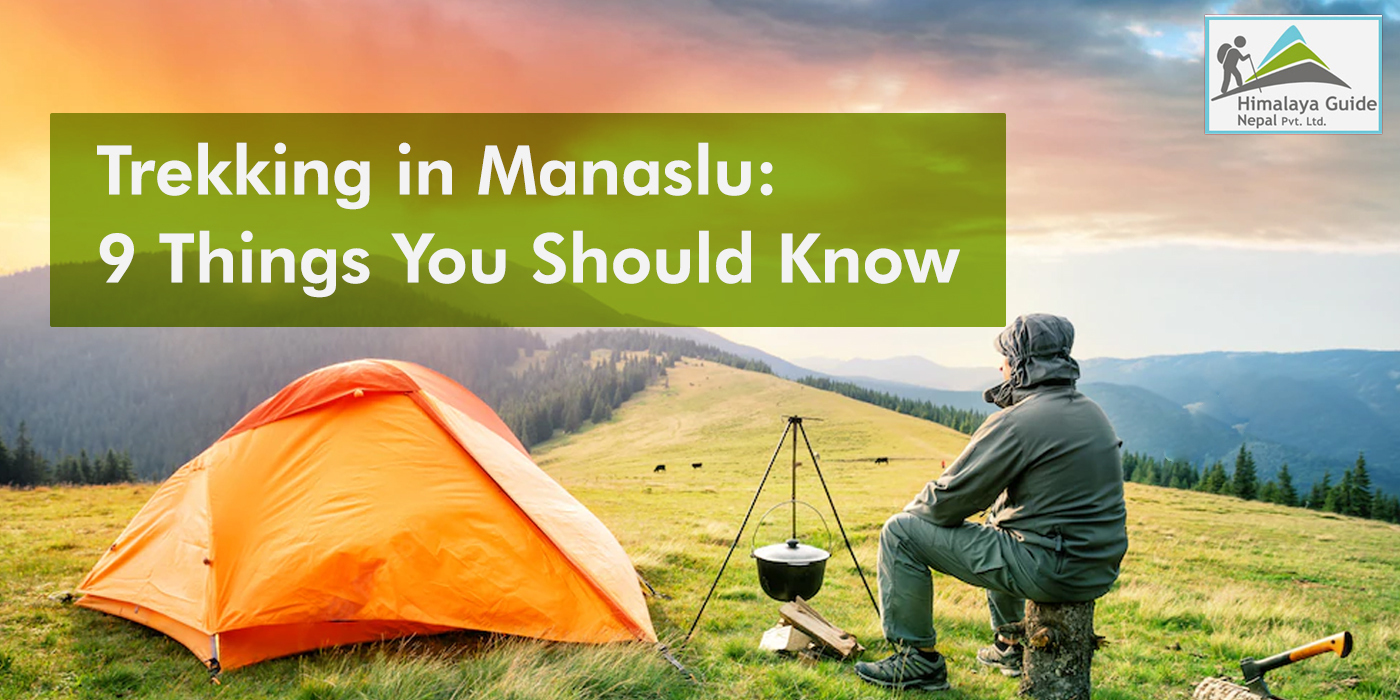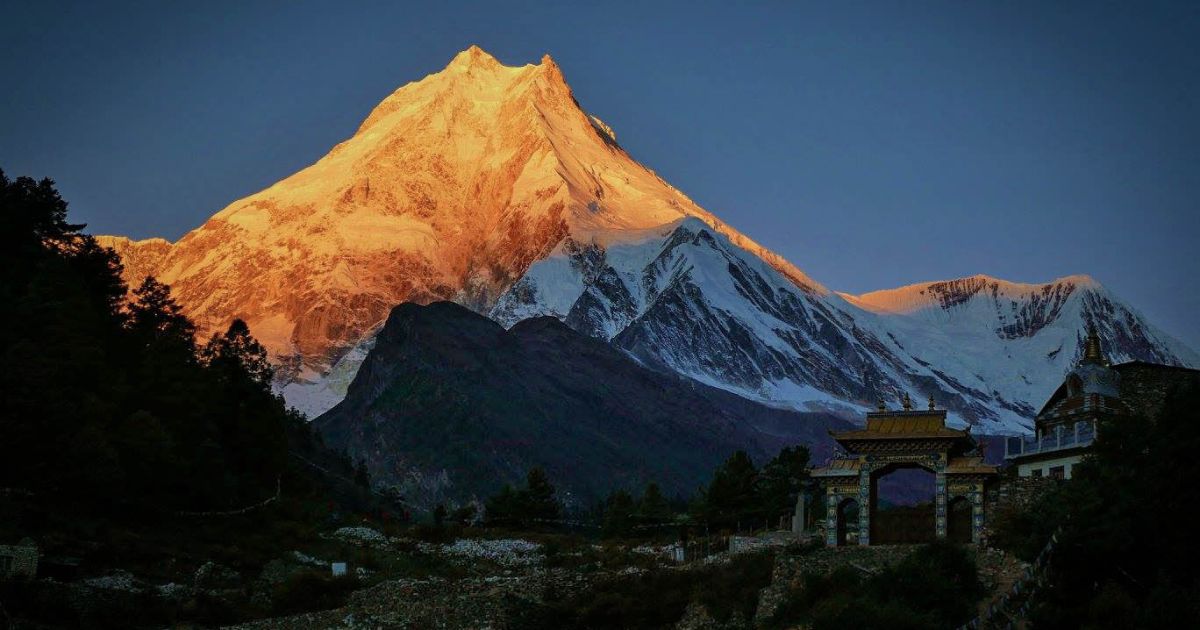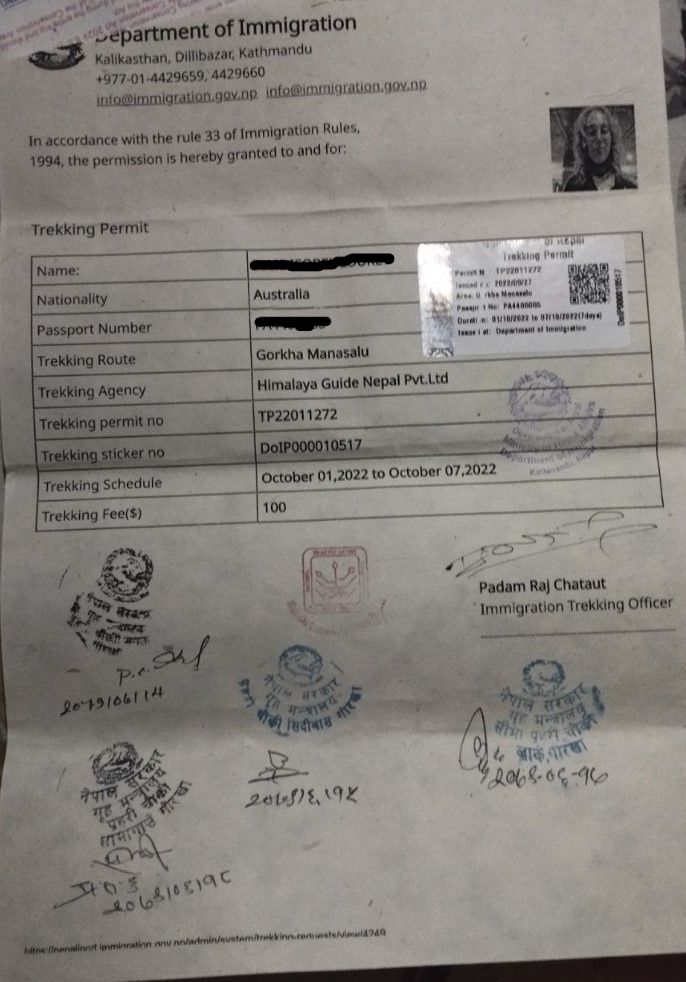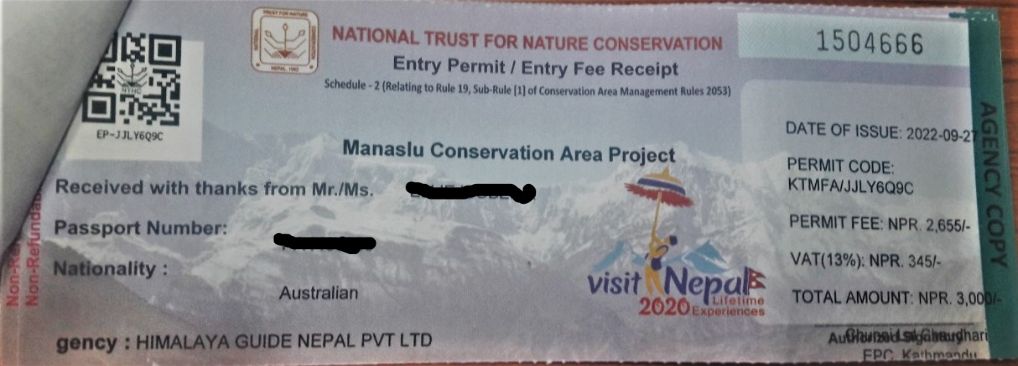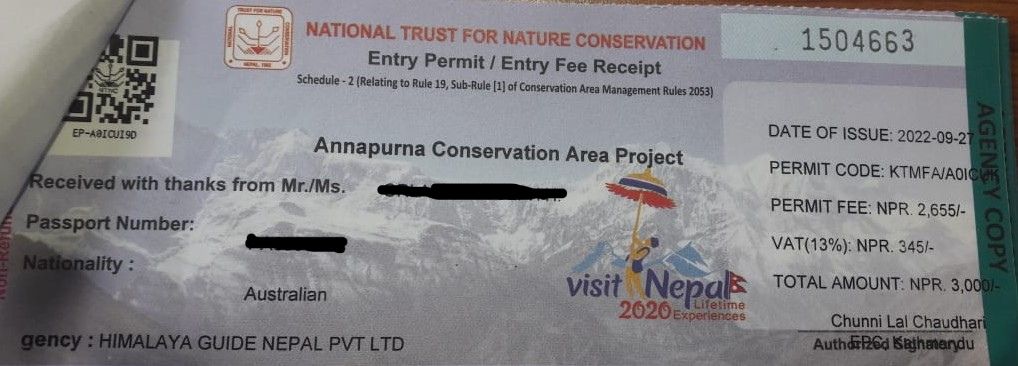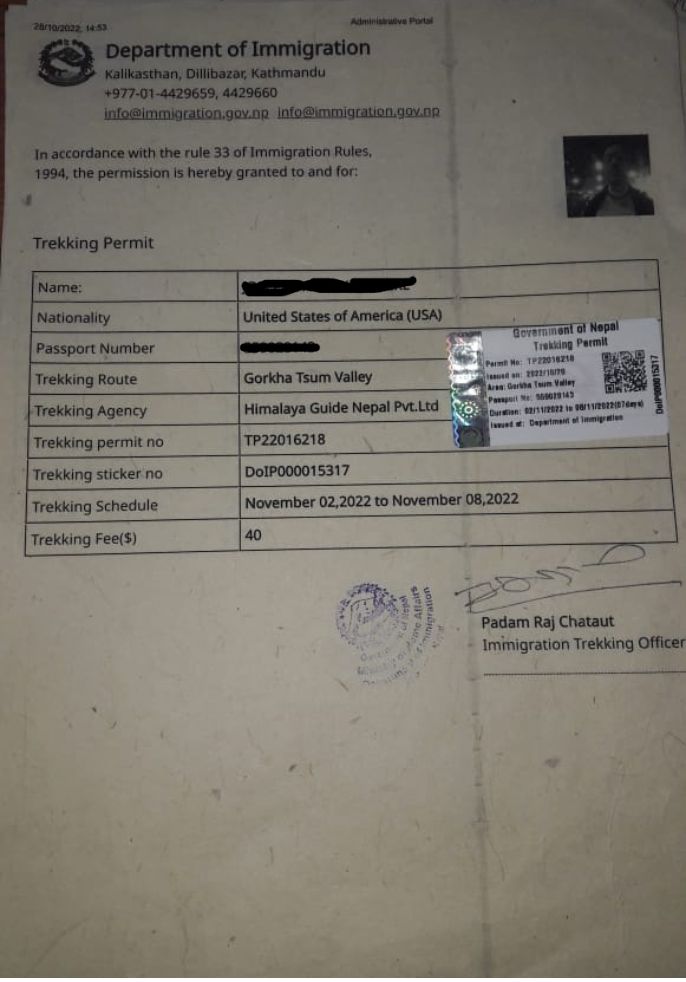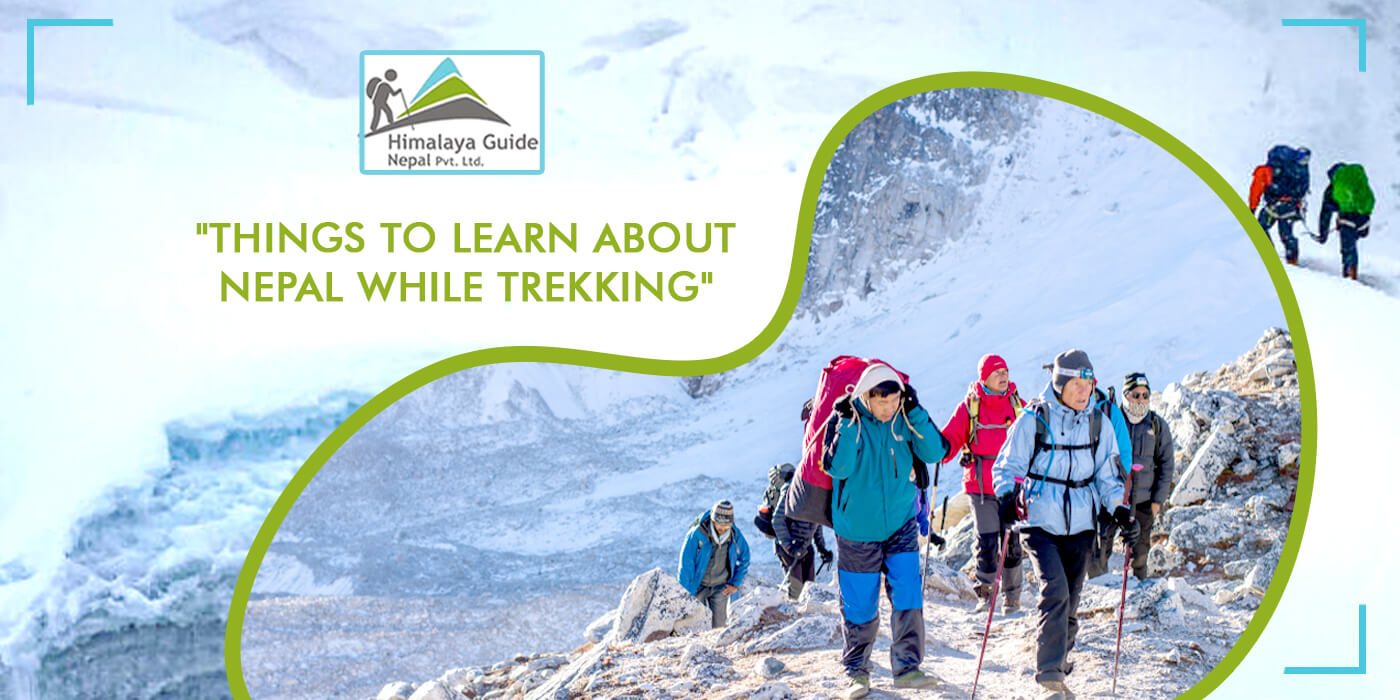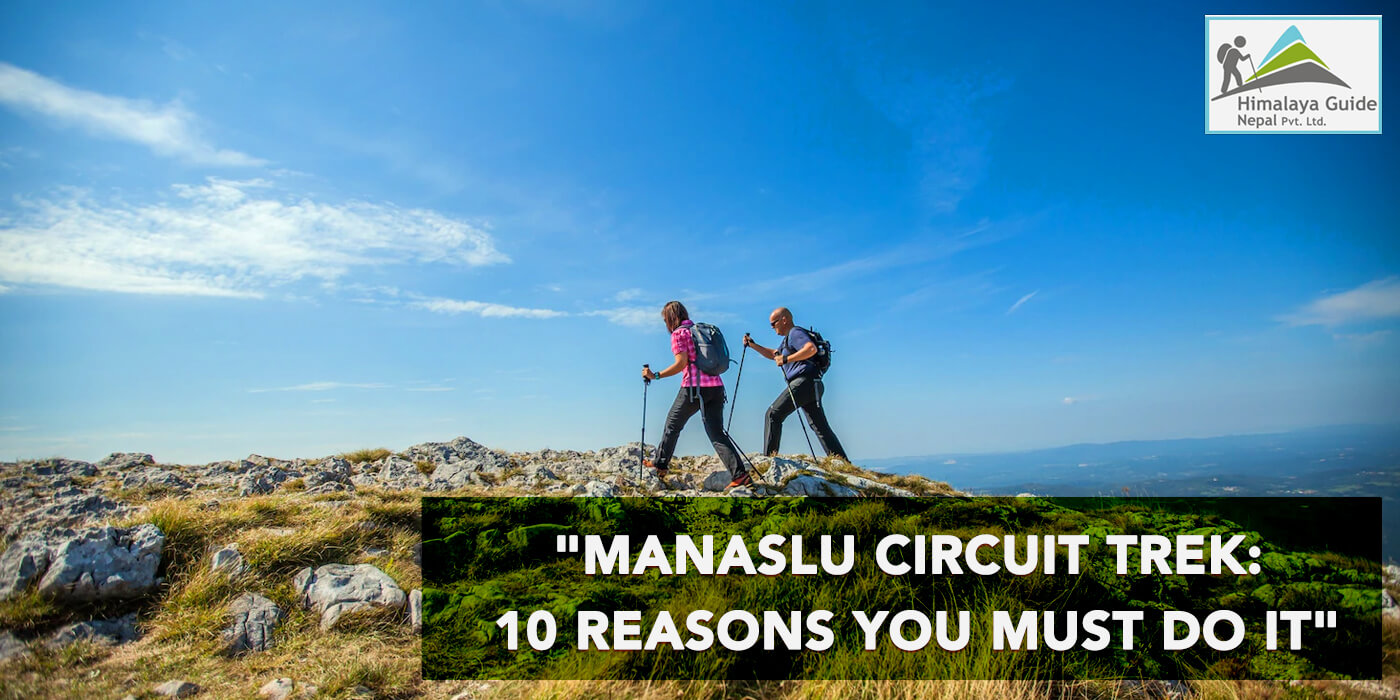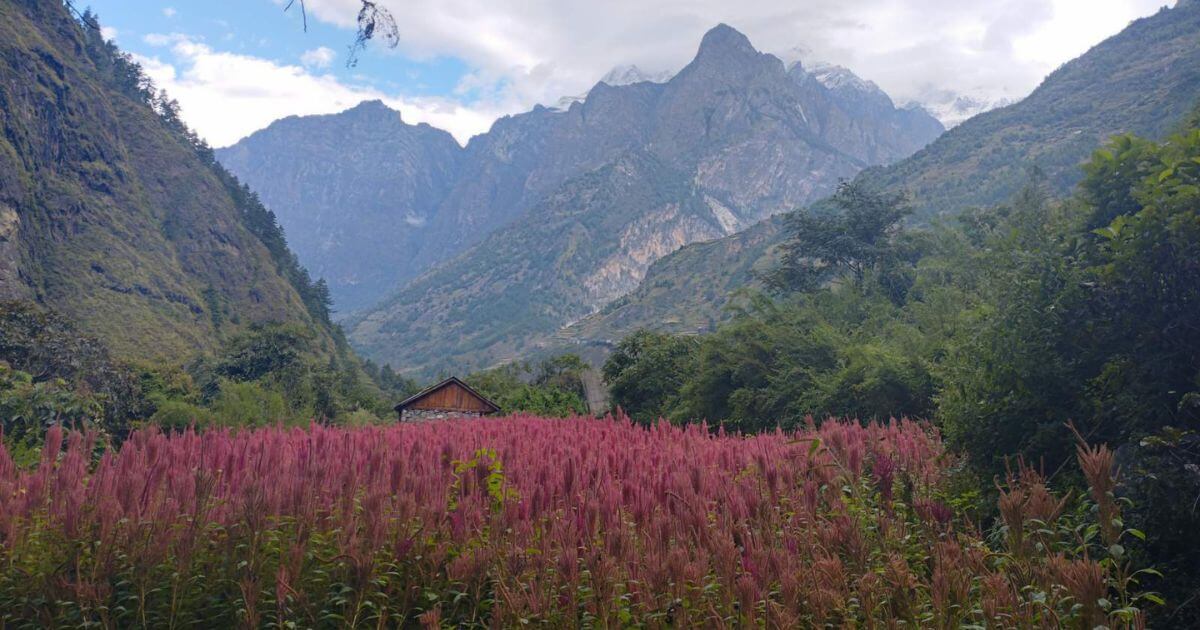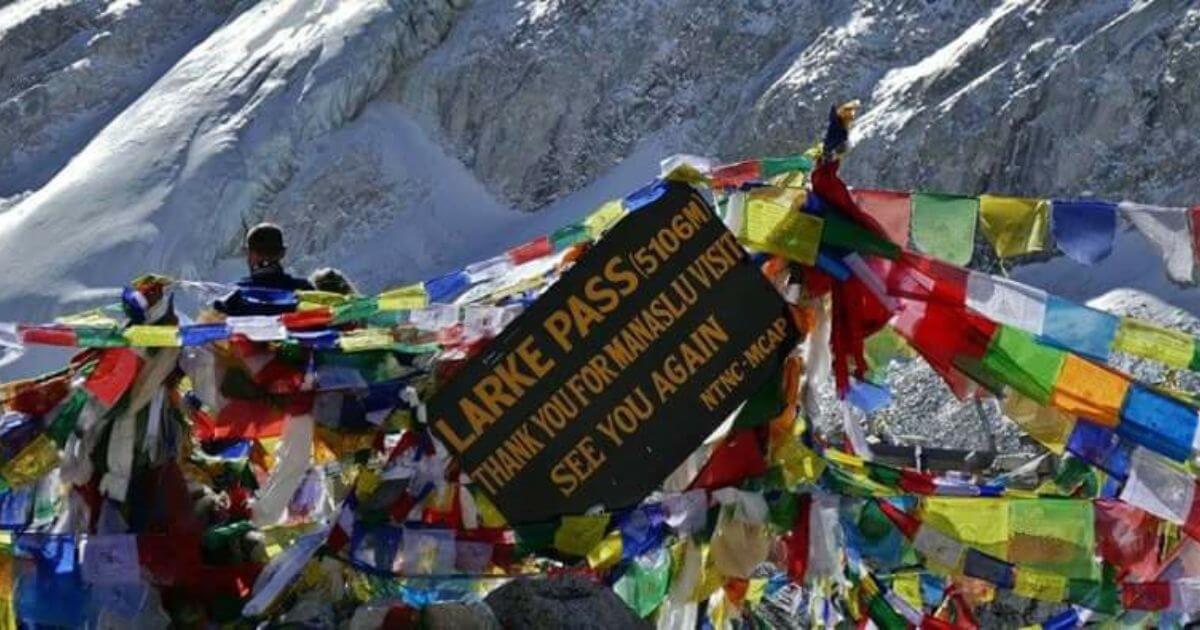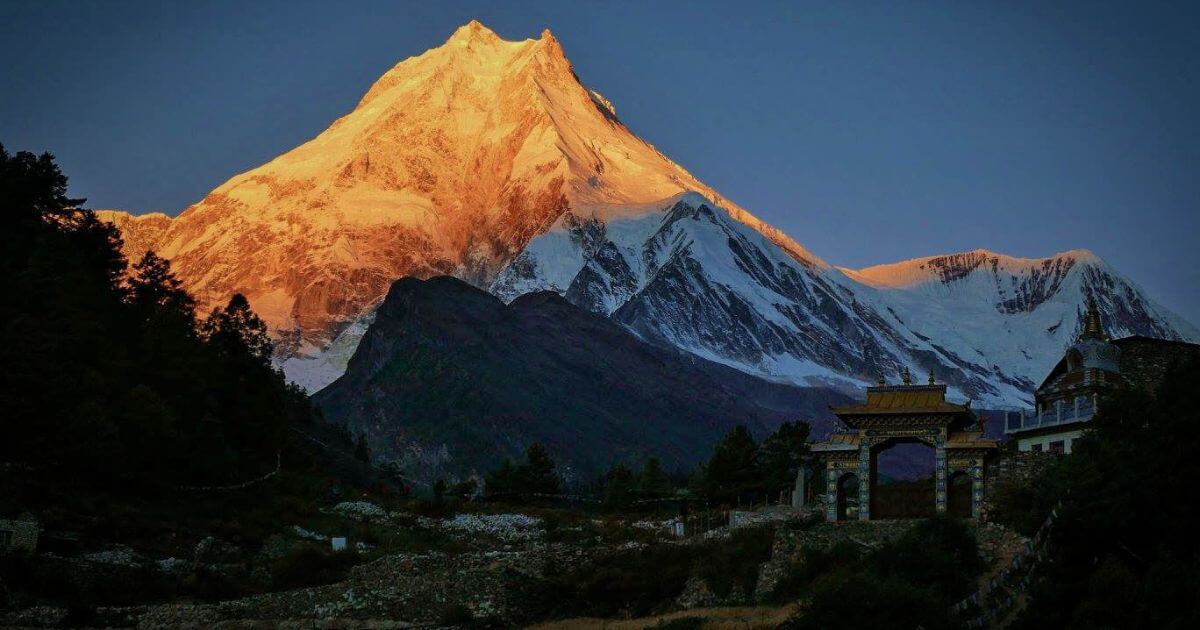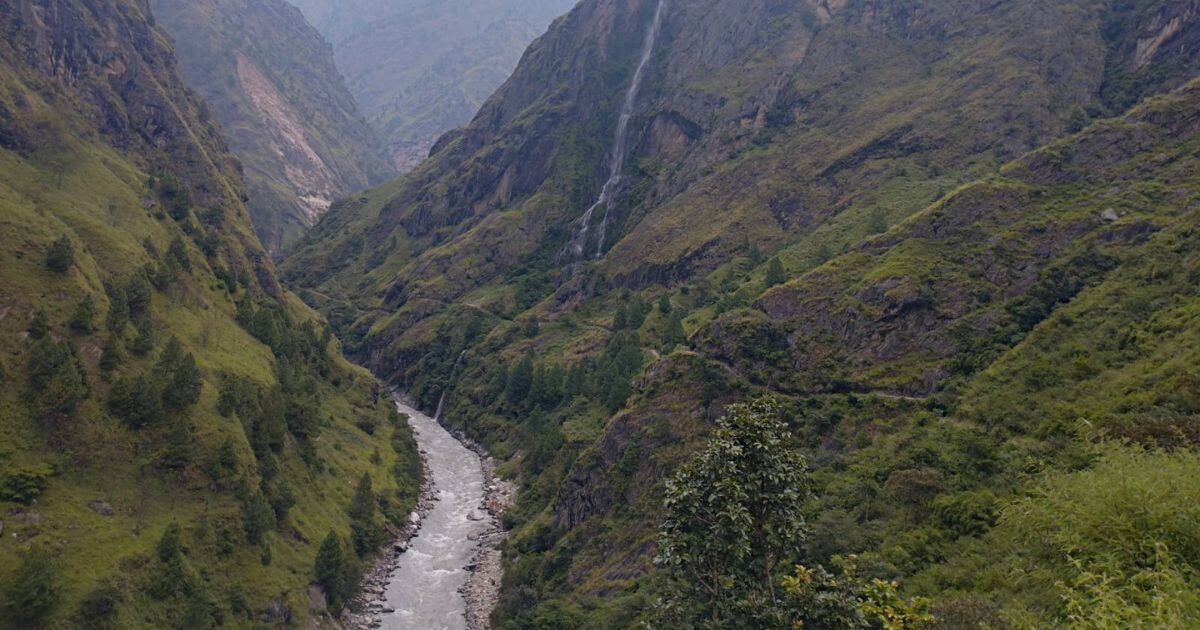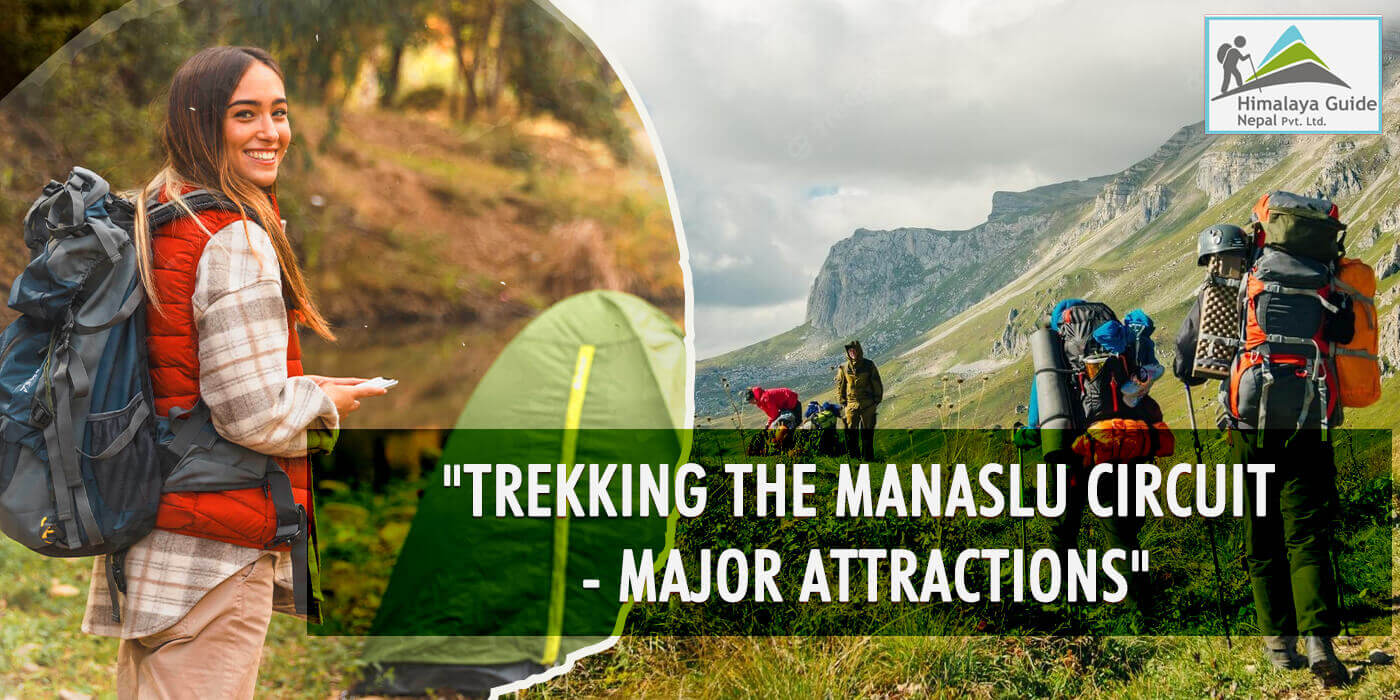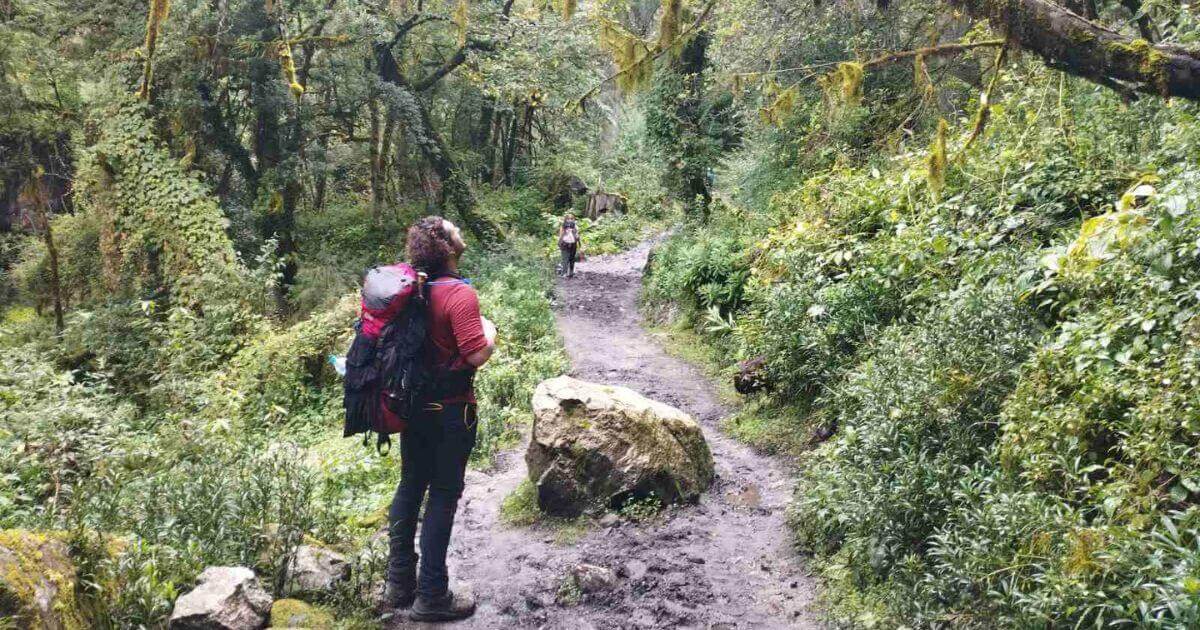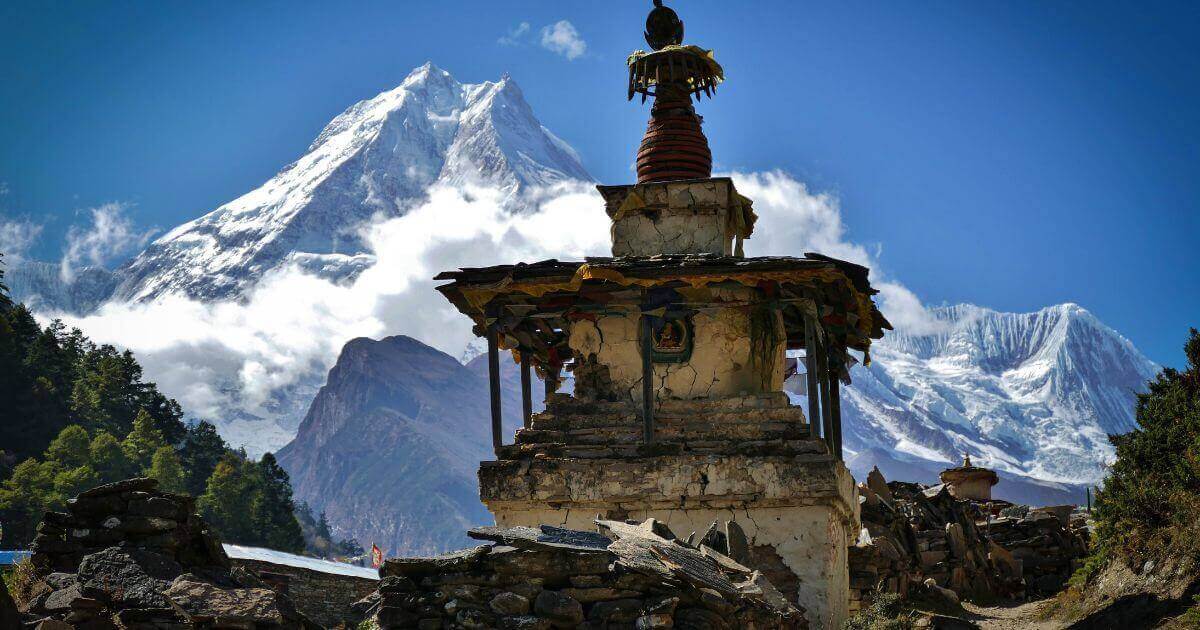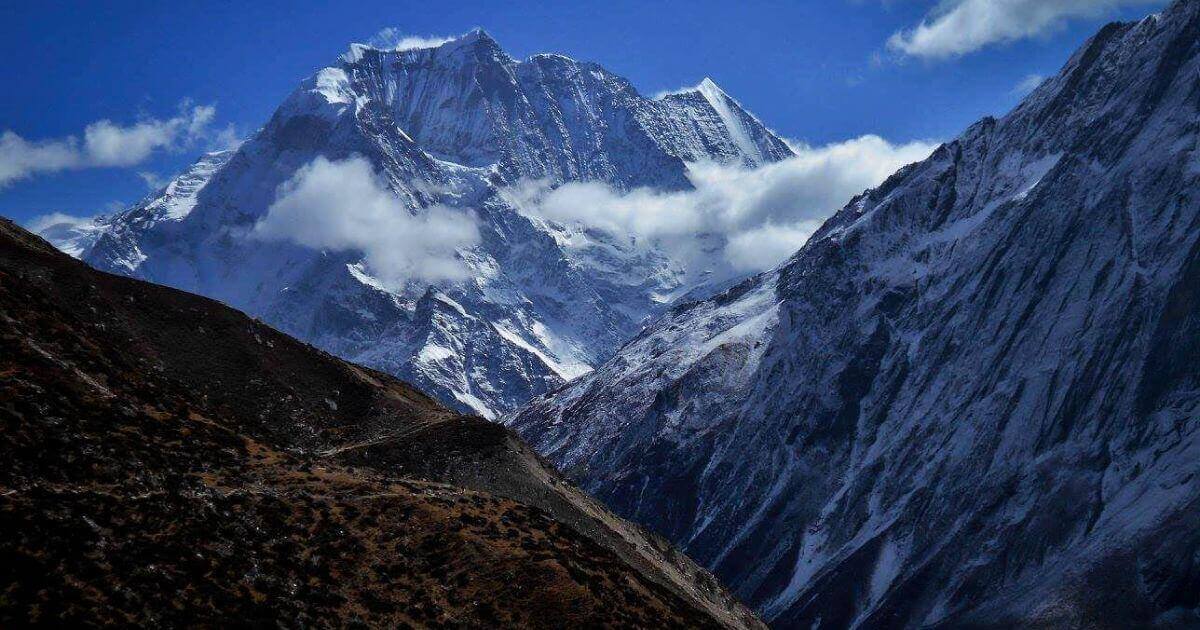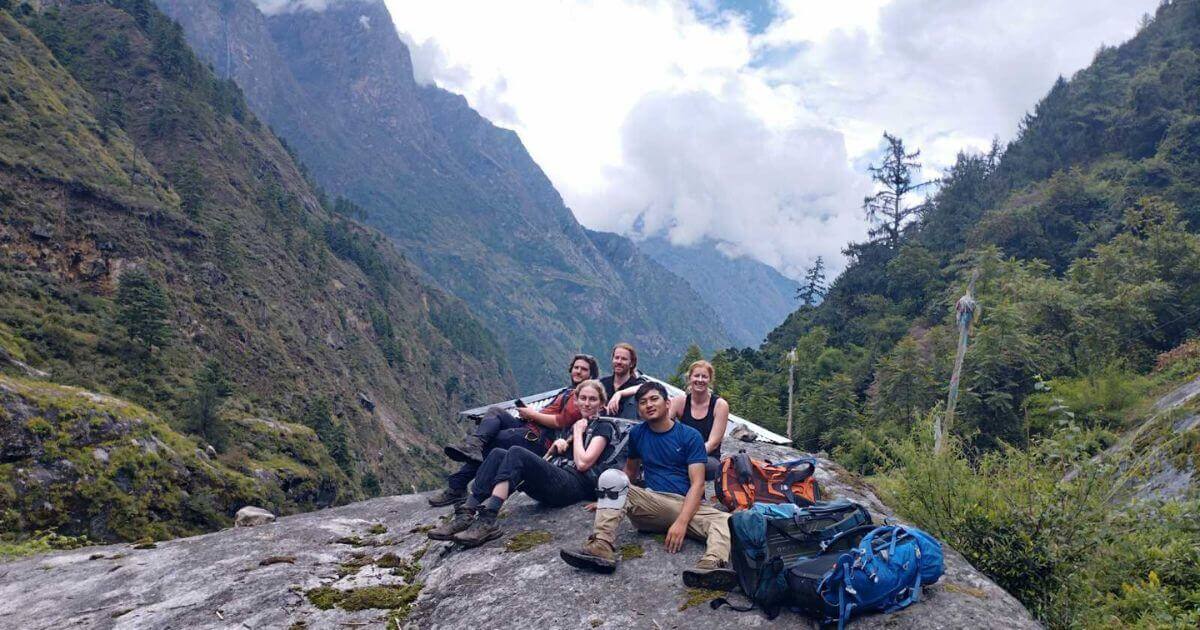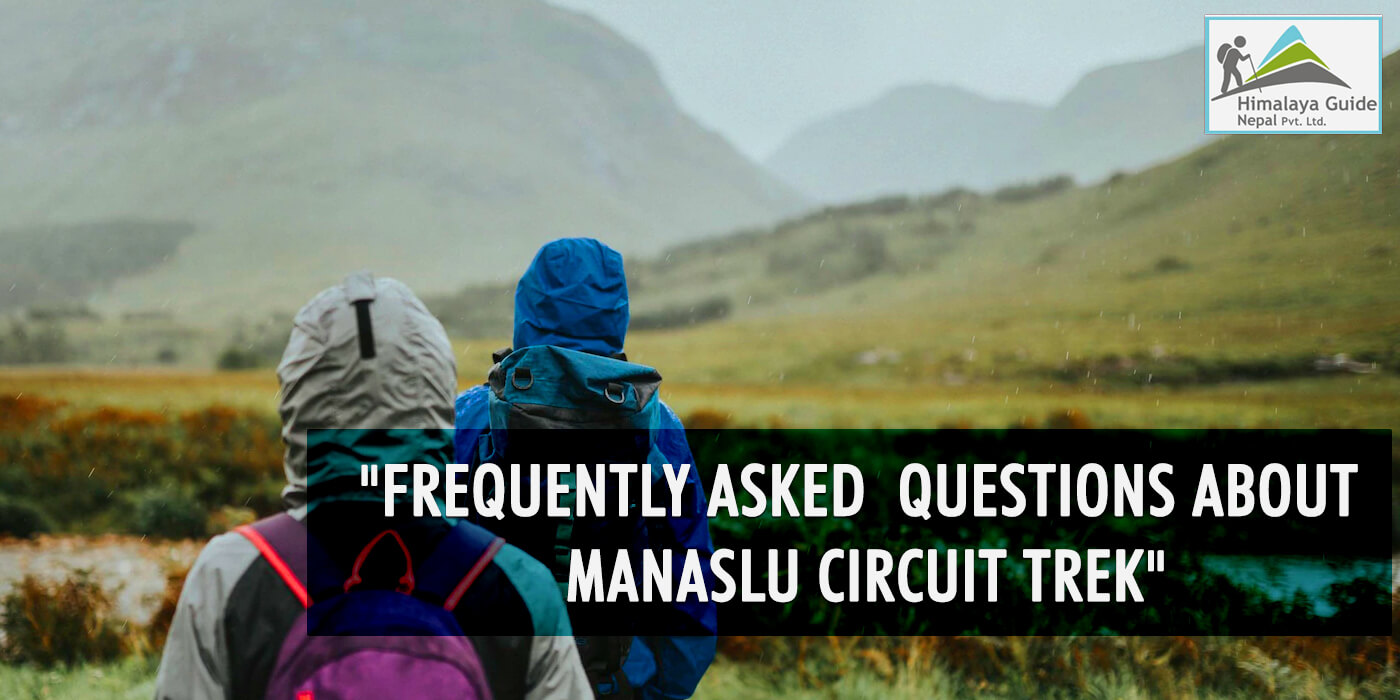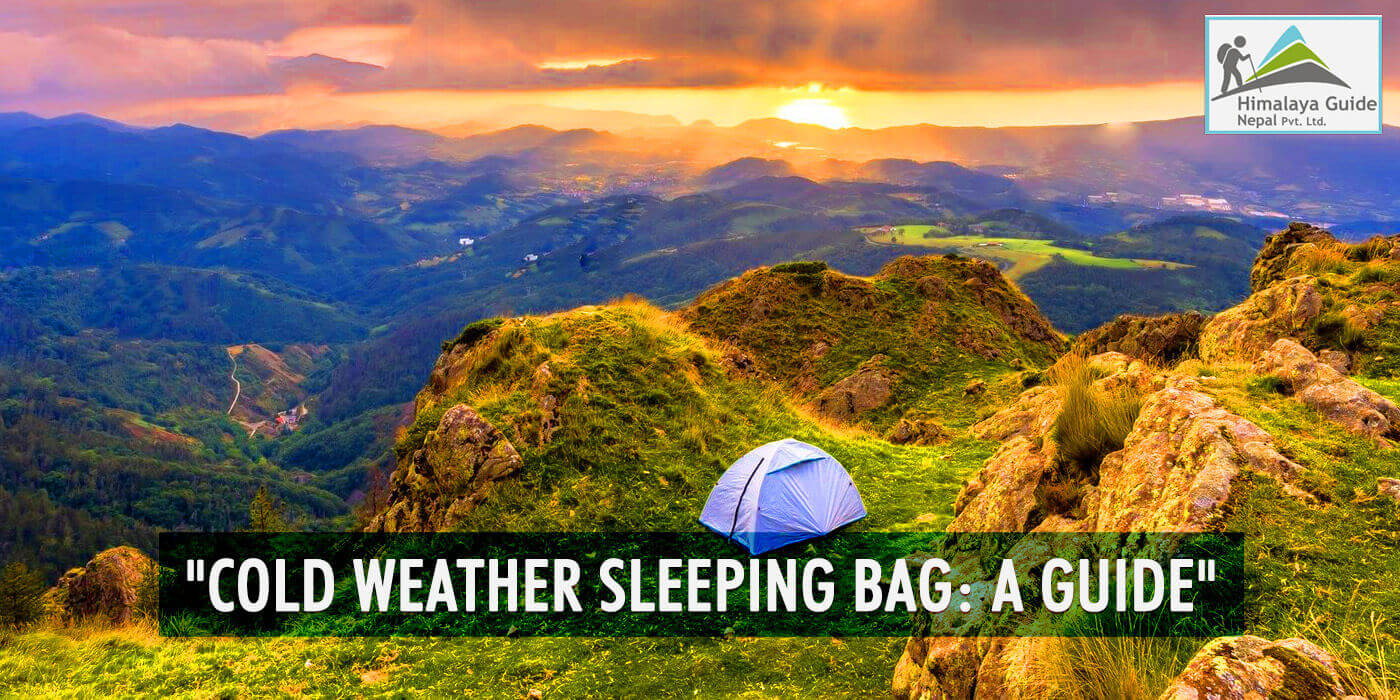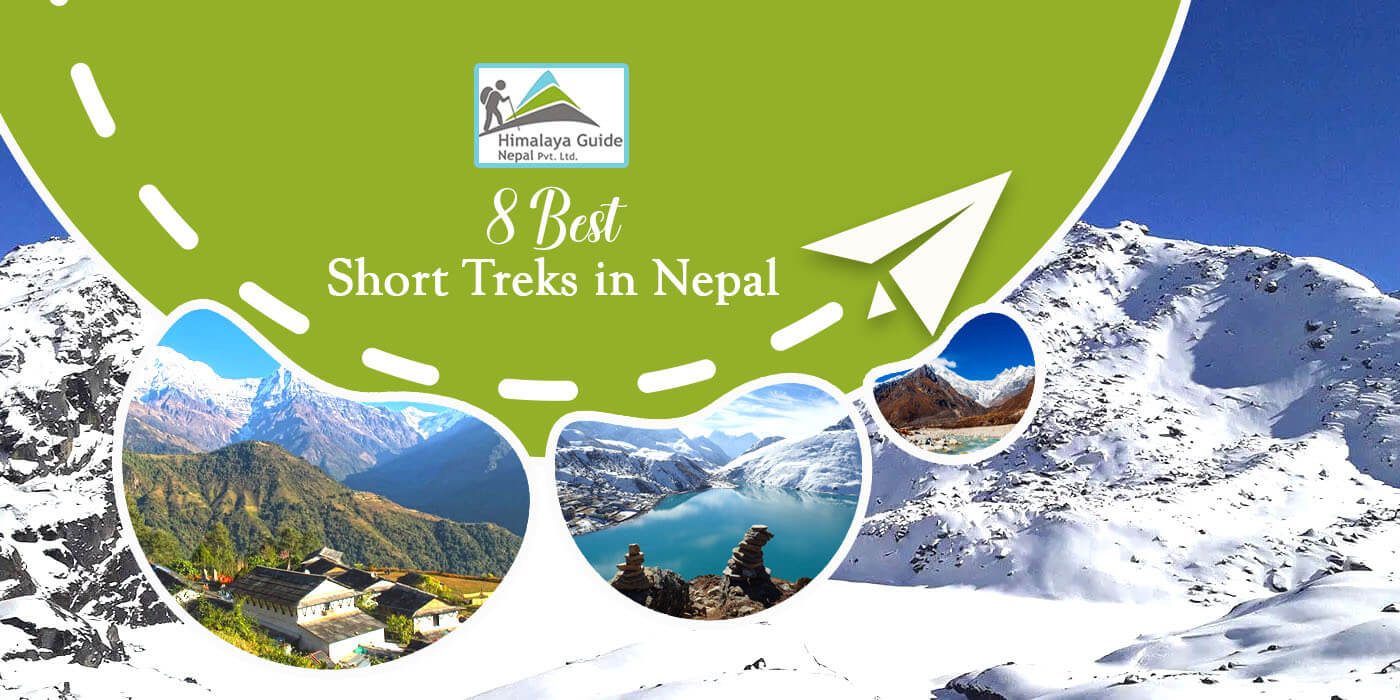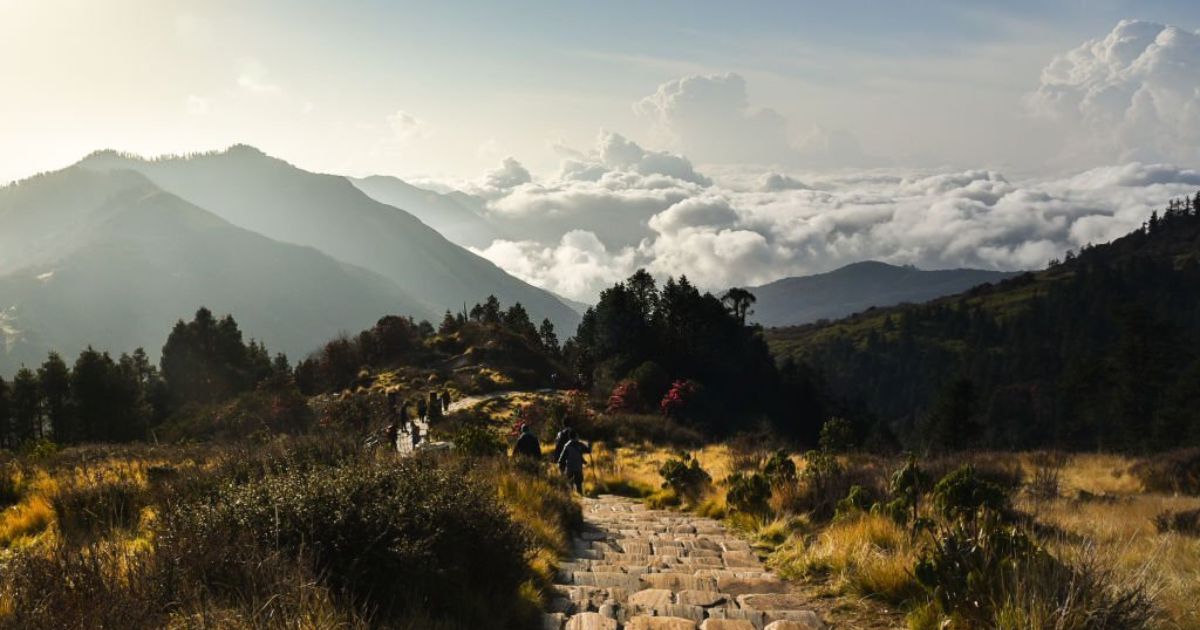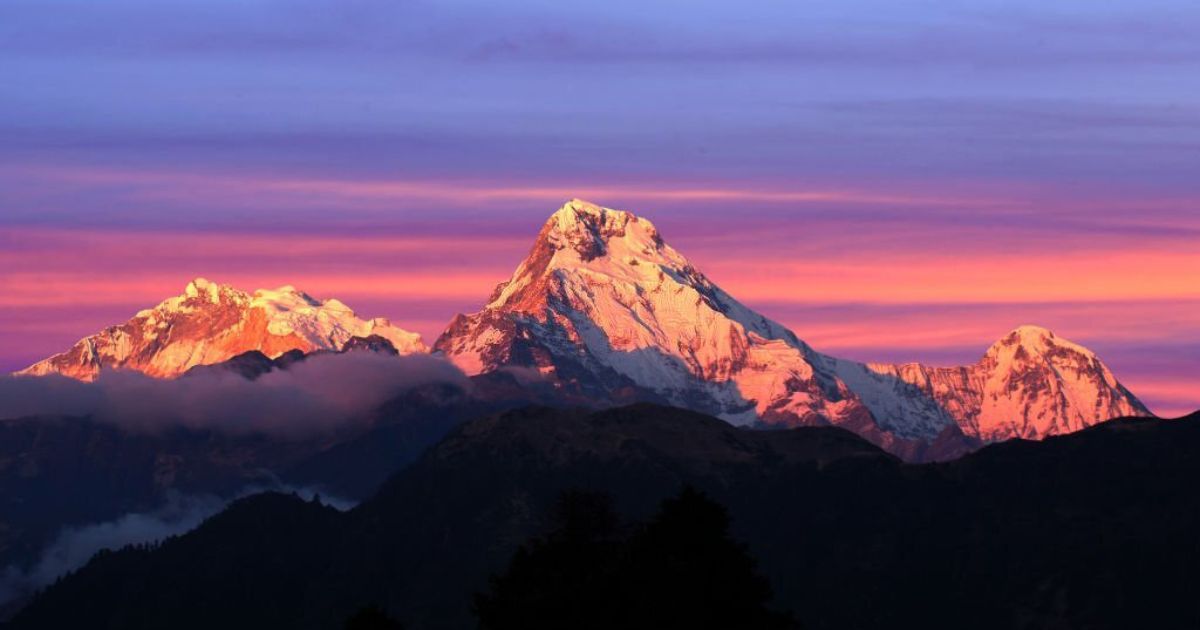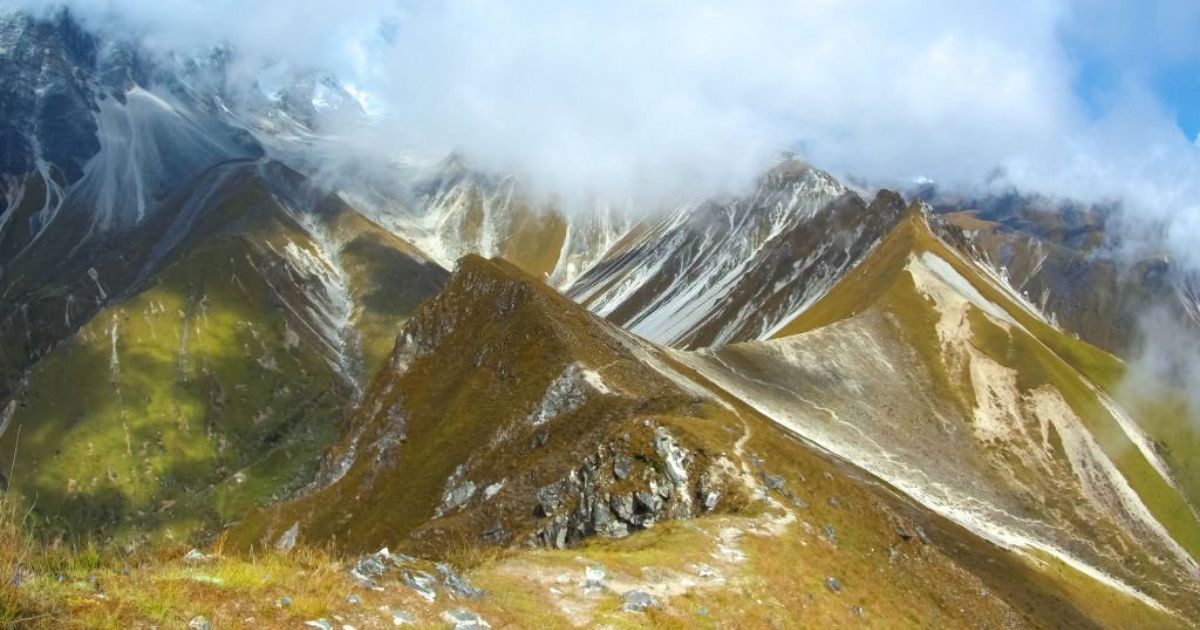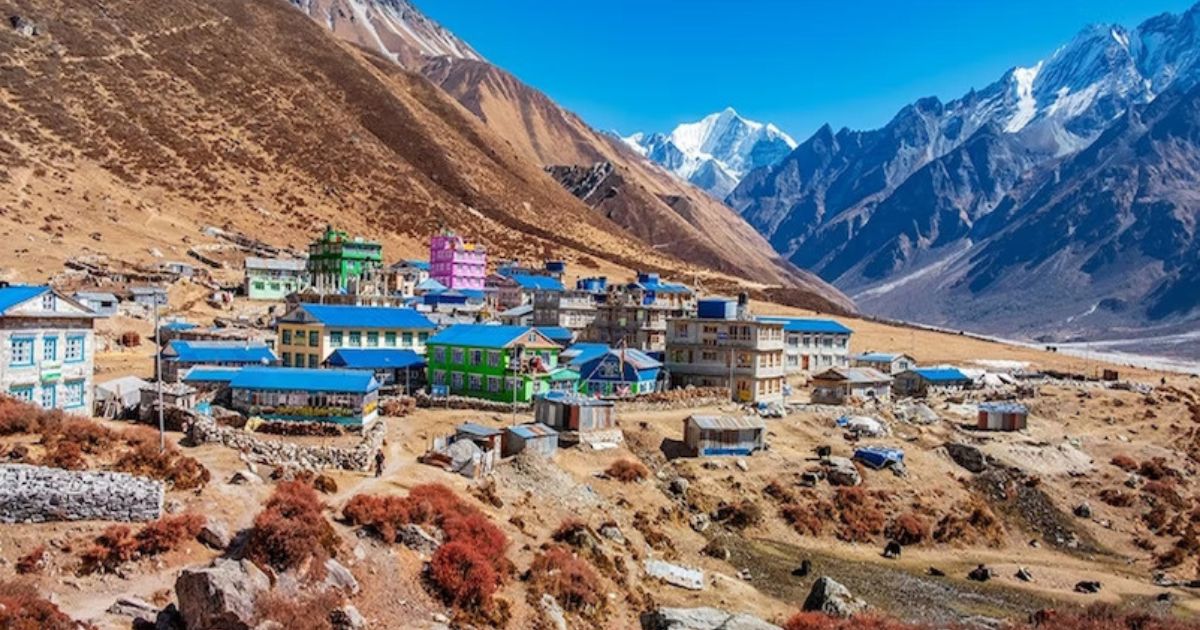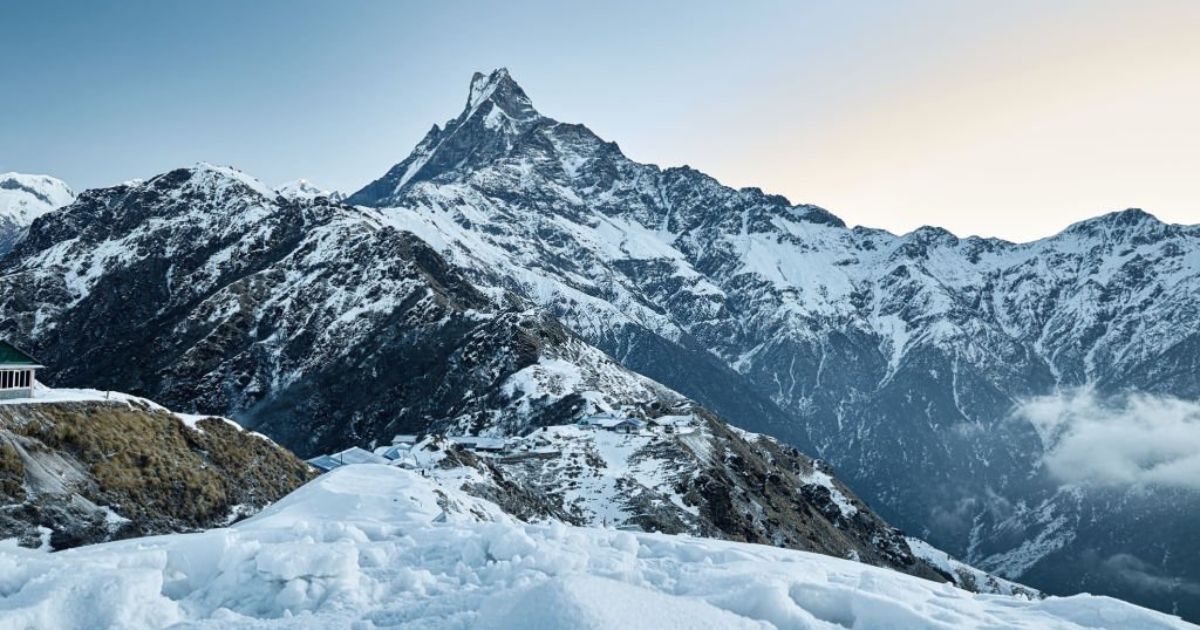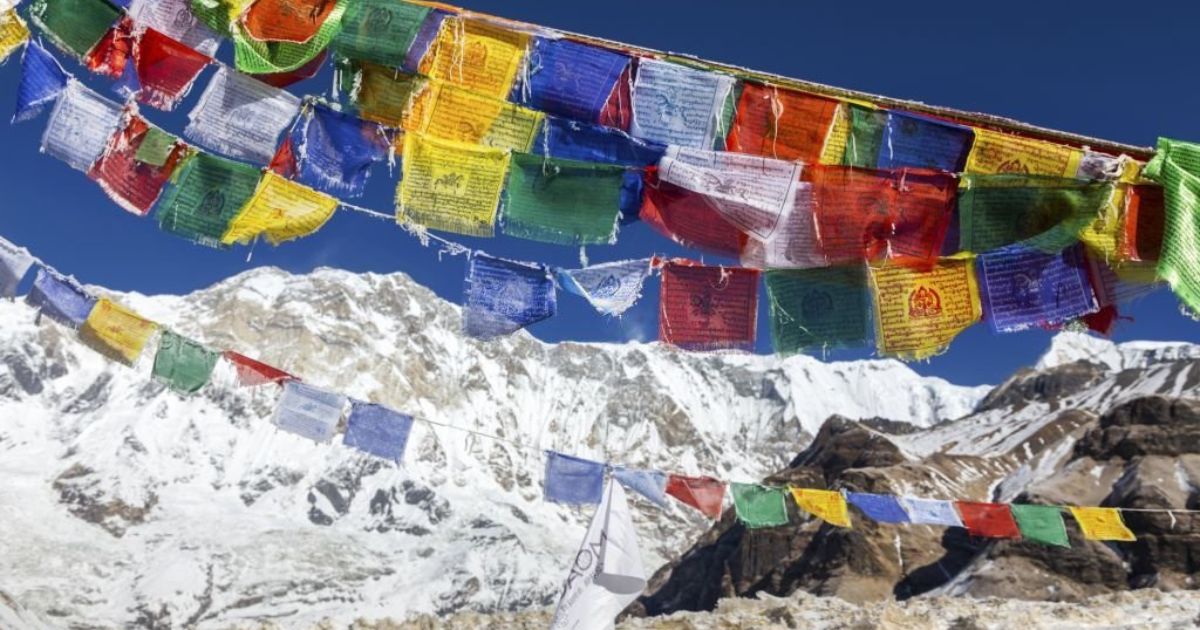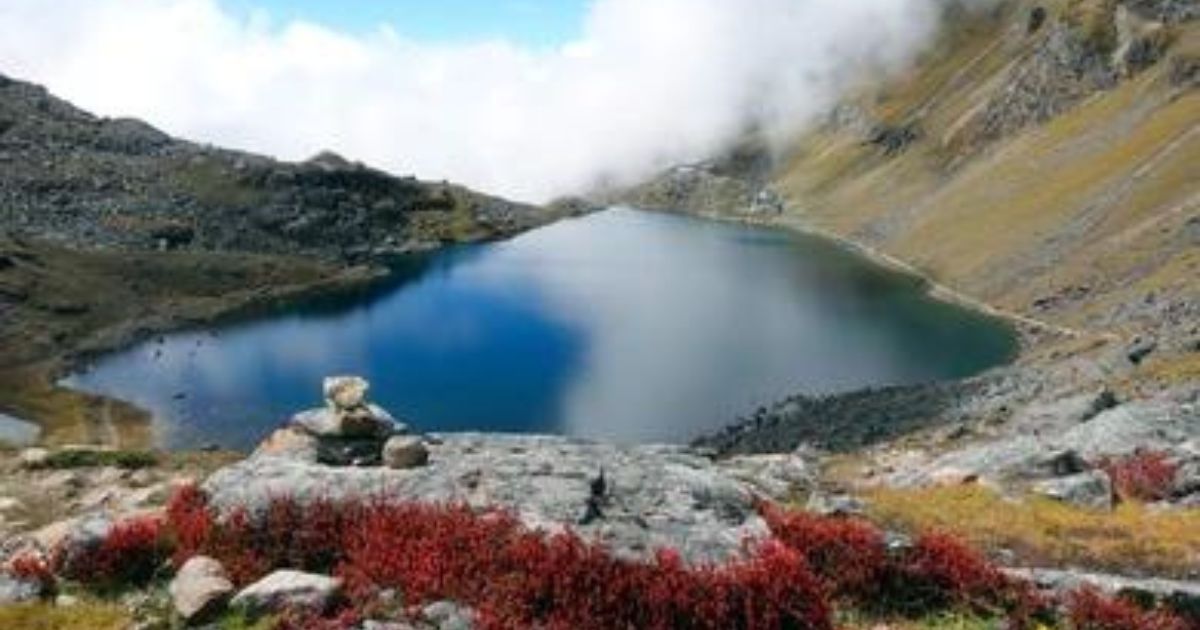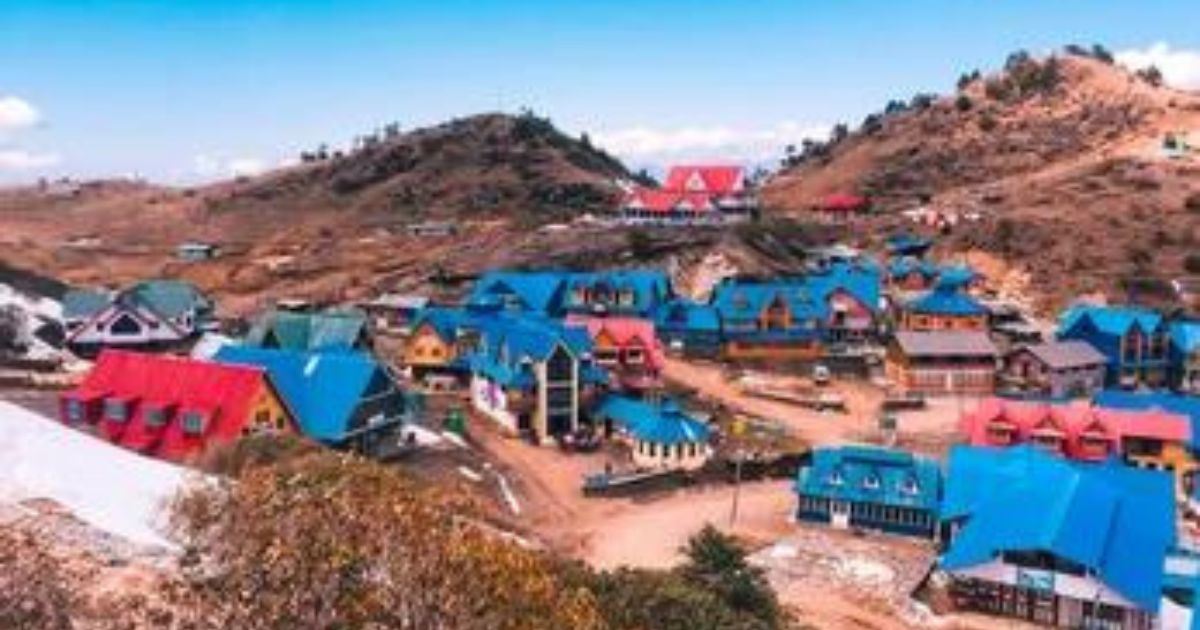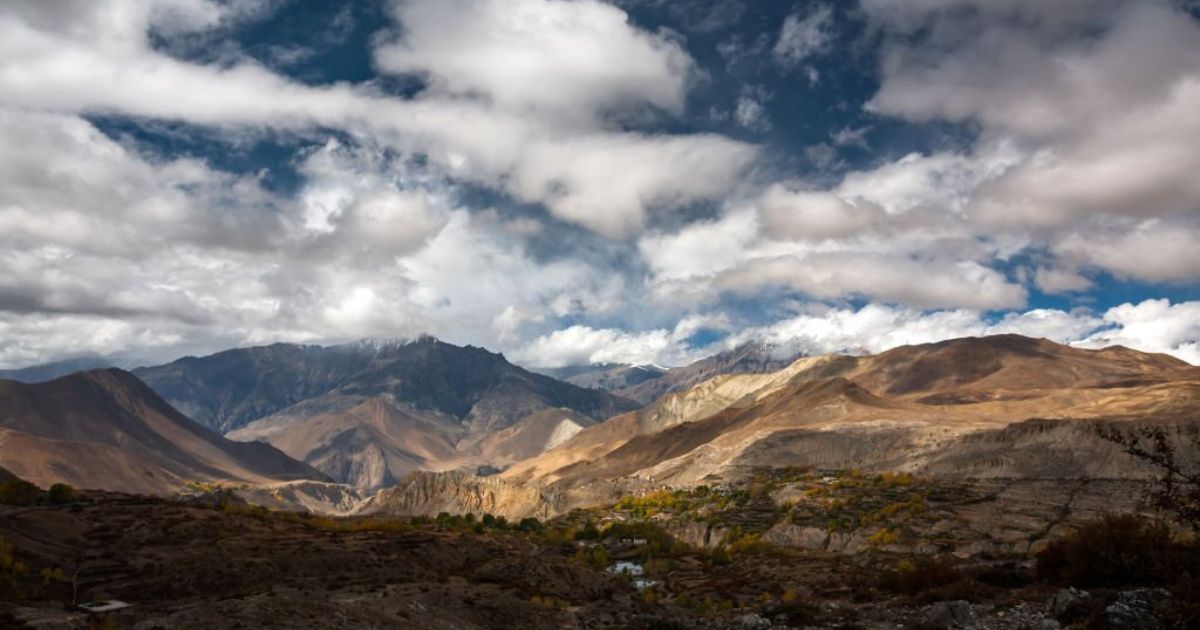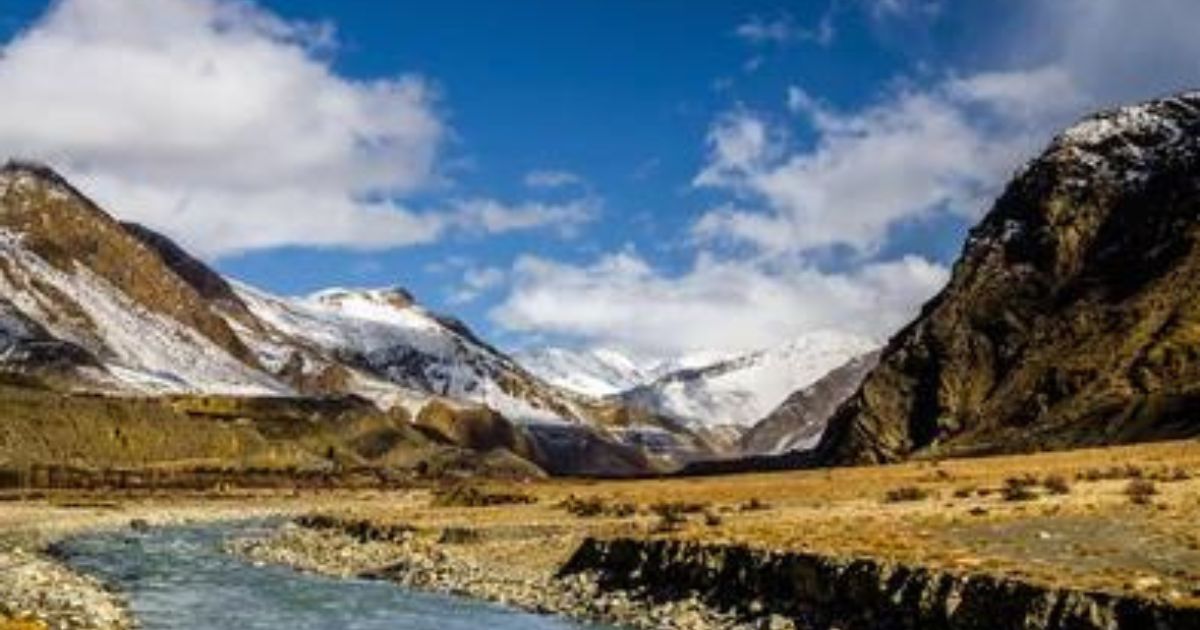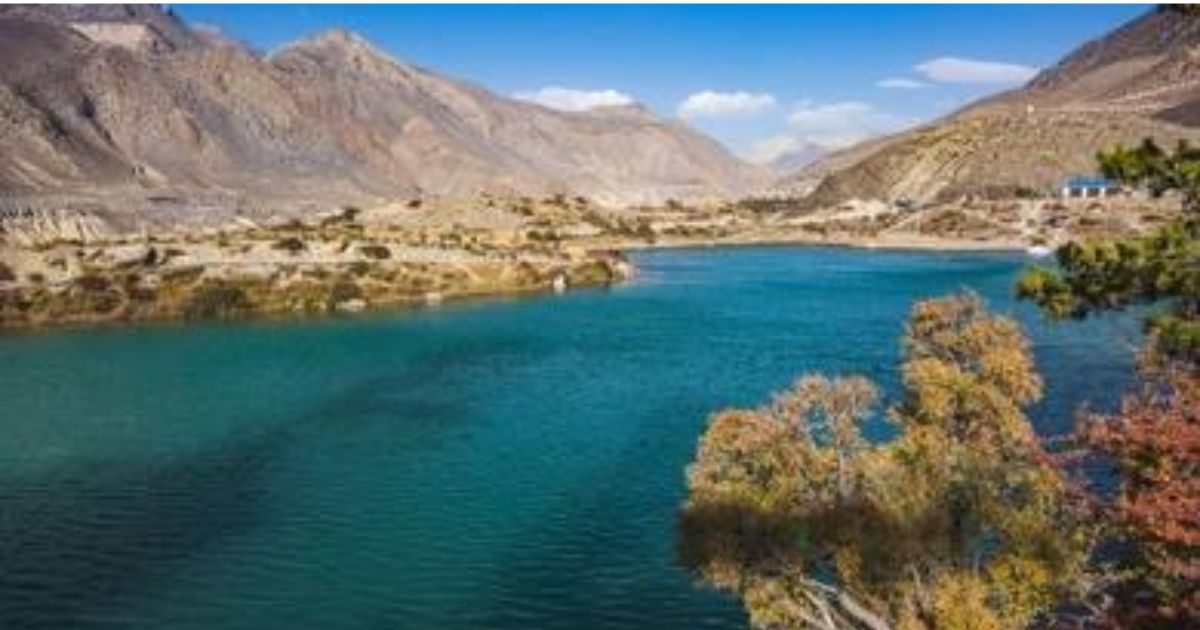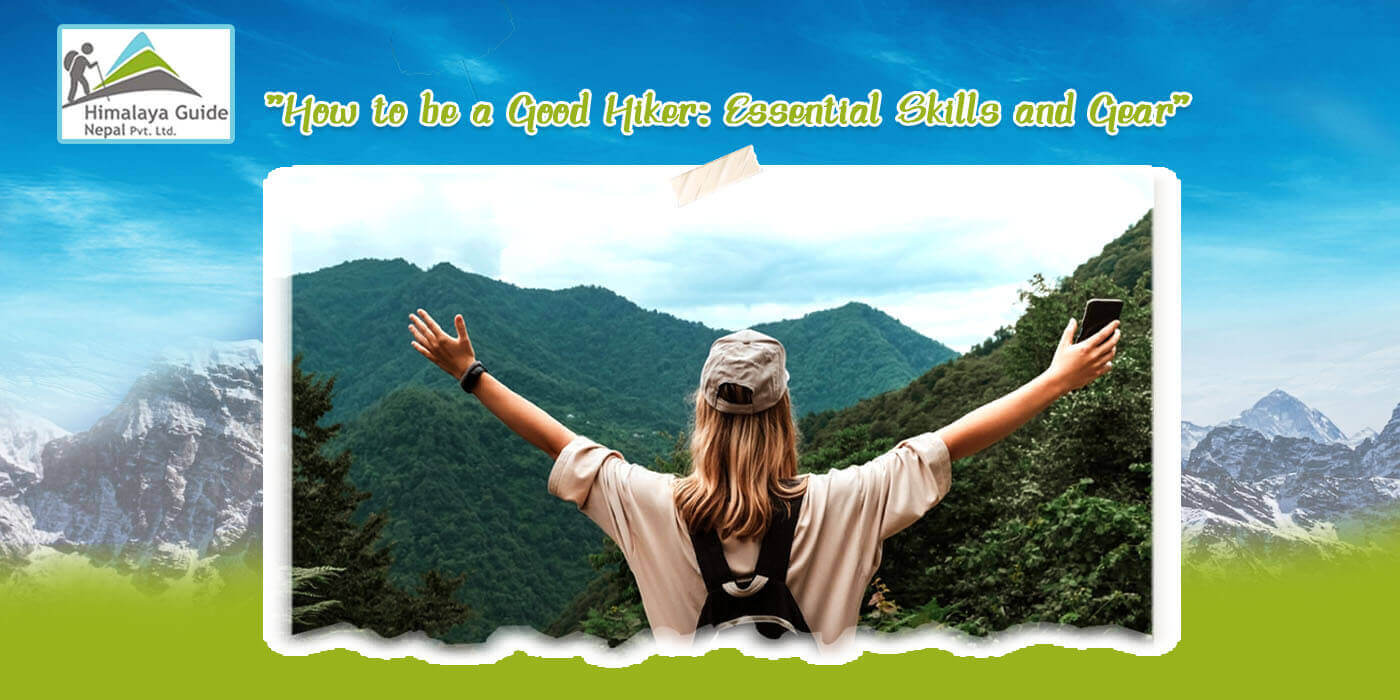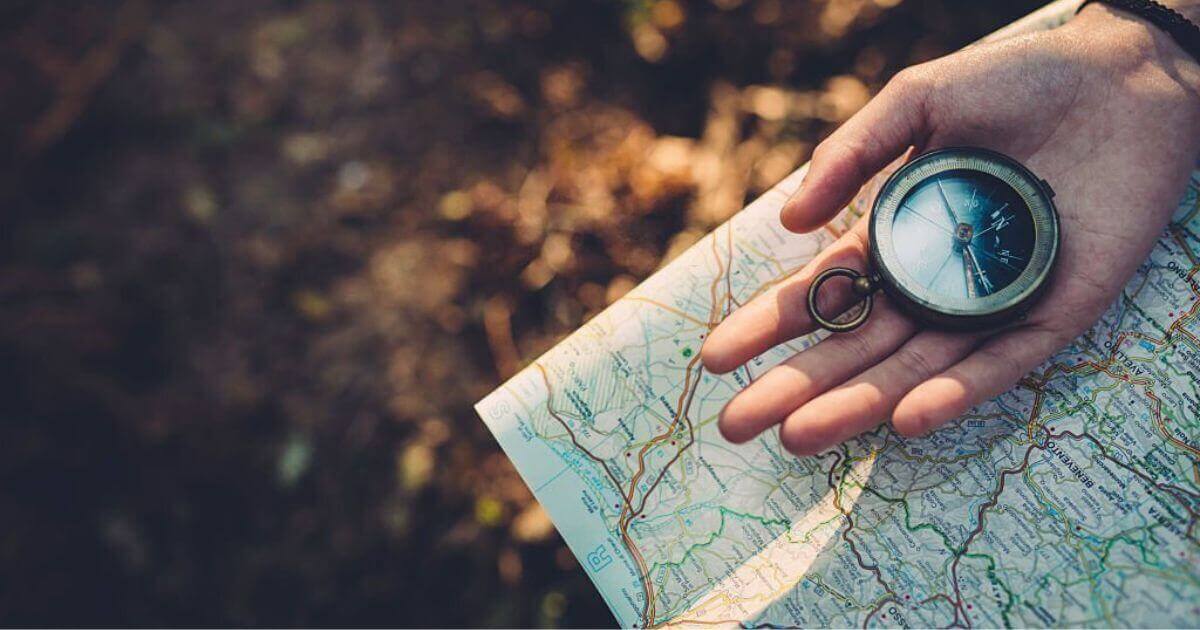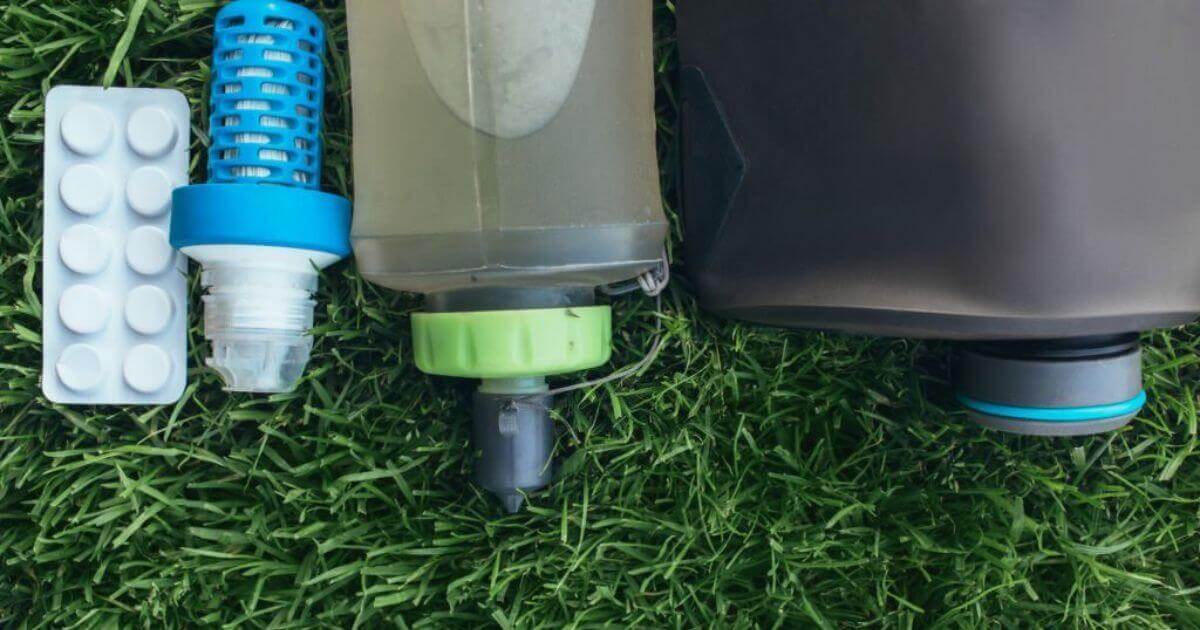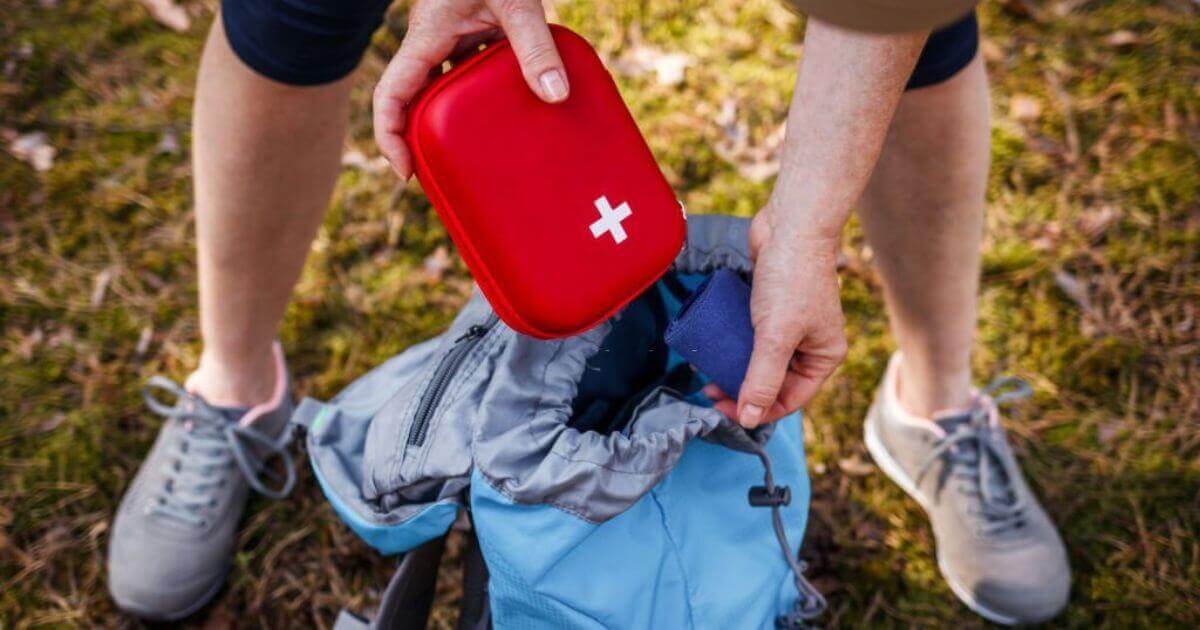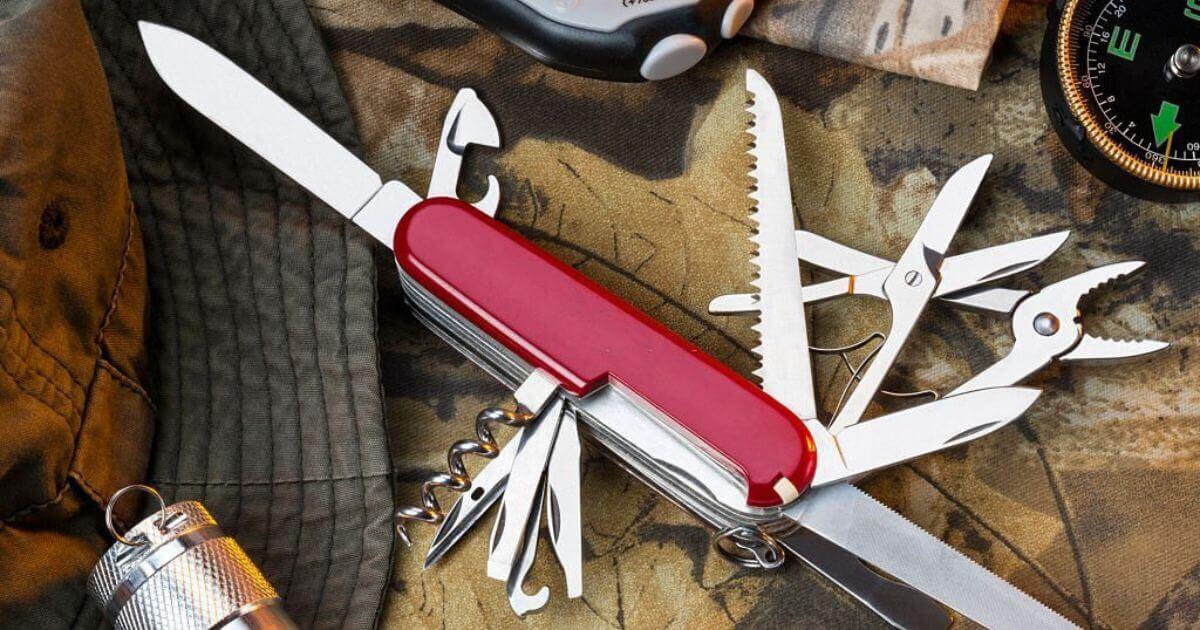Trekking in Manaslu is one of the dreams of many people, especially those who love adventures and mountains. You should know many things about the Manaslu Circuit Trek in Nepal. Before beginning your journey, you should be familiar with these facts about the Manaslu trek in Nepal.
Trekking in the isolated Himalayan region offers an experience off the usual path. The Sanskrit term “Manasa,” which means “soul,” is where the mountain’s name, Manaslu, originates. The phrase so refers to “the mountains of spirit.” The walk combines breathtaking mountain ranges with culture and the natural world.
The Manaslu trip begins in the Annapurna region, 40 miles east of Kathmandu, the country’s capital. The walk takes you to Nubri, Manaslu’s undiscovered treasure, and Tsum valley. You should know the following before your Nepal Manaslu Circuit Trek.
What kind of Mountain is Manaslu?
It is located in Nepal’s west central region, in the Mansiri Himal, a section of the Nepalese Himalayas. The Sanskrit term Manasa, which means “intellect” or “soul,” is where the name Manaslu, which means “mountain of the spirit,” originates.
9 Things You Should Know Before Trekking in Manaslu
The journey along the trail follows the ancient salt-trading route along with the Budri Gandaki River. The route’s beginning is at Arughat, and it ends in Besisahar.
The eighth-highest peak in the world is Manaslu, which has an elevation of 8,163 meters. It is situated in Nepal’s west-central Mansiri Himal region. The path was made accessible to tourists in 1992 AD, and the tourism bureau now controls it.
It’s one of the Nepali hiking routes with the fewest restrictions; thus, permits are required. The hike gives stunning views of long ridge mountains, including Boudha Himal, Nagdi Himal, and Himalchuli.
1. Tiny Teahouses in Manaslu
Manaslu is well-known for the modest teahouses that the locals built and ran. They offer homestays to the trekkers as a result, which is increasing the popularity of trekking.
In addition to receiving food and lodging, guests are given a chance to experience Nepalese culture. There, hikers can rest and have a cup of tea. Additionally, visitors adore staying there and learning more about the local way of life. The most well-known dish in Nepal and the Himalayan region is called Dal Bhat.
2. Initial Ascent of Mount Manaslu
On May 9, 1956, Gyalzen Norbu and Toshio Imanishi became the first people to ascend Manaslu. European citizen H.W. Tilman attempted to climb Manaslu in 1950 after climbing Annapurna IV without success. A Japanese team made it as far as 5275 meters in 1952 but was forced to turn around since the monsoon season had begun on the mountain’s east side. After that, many Japanese teams gave up trying to ascend the peak.
As a result, it is also known as Killer Mountain and Japanese Mountain. Additionally, be aware of the packing list.
3. Historic Places
Manakamana Temple and Gorkha Durbar are just two of the historical sites on Mount Manaslu in the Gorkha district. You will have the opportunity to visit Tibetan and Hindu villages in addition to the challenging hike with breathtaking vistas.
This information on the Nepal Manaslu Circuit Trek is helpful. The walk route passes by a Buddhist monastery with historic buildings where many young people trained to become monks.
4. Religion and Ethnicity
Manaslu and its neighboring Tibet territory have a common history and culture. The Tsum and Nubri are the two main ethnic groups in the area. The predominant ethnic group is the Gurung, while significant contributions are also made by the Bhutia and Sherpa communities. They also communicate in their languages.
The area is rich in heritage and culture and has distinctive homes (roofs of stone slabs and walls built with stones). Most of them are engaged in agriculture and animal husbandry as their primary occupations.
5. Amazing Geographic Features
The terrain of Manaslu trekking is breathtaking, ranging from the subtropical Himalayas to the desert trans-Himalayan high meadows. The journey begins at Arughat and continues to Larkya La Pass. The region has six different climate zones, ranging from 1000 to 8000 meters.
In addition, the temperature in the area fluctuates considerably according to the climatic zones. The region is entirely blanketed in snow over 5000 meters. The air pressure drops as the level rises.
The Manaslu region is home to a variety of flora and fauna, including critically endangered species like the snow leopard and red pandas.
Numerous other species are also present, including the gray wolf, Himalayan musk deer, blue sheep, Asian black bear, langur monkey, over 110 bird species, 33 mammals, and a few reptiles.
These animals not only enhance the beauty of the area but also touch people’s hearts. The monks of the nearby monasteries have prevented hunting in the area to preserve the animals.
The hills are categorized based on elevation. Low Hill, Medium Mountain, and High Mountain, for instance, all have unique woods and a wide range of species. There isn’t much diverse vegetation.
The Ganesh Himal and Sringi hills face the valley basin, which has a diverse ecotone with nineteen different varieties of woodland, mostly rhododendron and Himalayan blue pine.
6. Abundant in Biodiversity
Red pandas and snow leopards, two endangered species, can be found in the Manaslu region. Grey wolves, blue sheep, Asian black bears, Himalayan musk deer, and langur monkeys may also be seen if you’re lucky.
Over 33 animal species, 110 bird species, and a few reptiles are also present. There are 19 different trees in the valley basin, mostly Himalayan blue pine and rhododendron.
7. Nubri Valley and Tsum Valley
A distant village with a long Buddhist tradition is Tsum Valley. Also known as “Tsum Tso Chuksum,” it translates to 13 provinces governed as one territory. The Ganesh massif’s four 7,000-meter summits may also be seen in stunning detail from the valley. Tsum Valley is a boon for the Nepal Manaslu Circuit Trek.
The virgin beauty of Nubri Valley is unspoiled by modernity. The local population practices its custom, art, and culture. They speak their language and dress traditionally.
One of Nepal’s most isolated regions is Tsum Valley. Buddhism has a lengthy history in Tsum. Tsum is also referred to as “Tsum Tso Chuksum,” which implies a territory comprised of thirteen provinces. The community has a distinctive traditional culture, and the relics of the former Tsum Kingdom are still visible.
Four 7,000-meter peaks of the Ganesh massif may be seen from the Tsum Valley Trek in the Manaslu region, and tourists can also learn about the distinctive Tibetan culture of the Tsumba people.
The following isolated location in the area is Nubri Valley. The Nubri Valley is still undeveloped and possesses pristine beauty. The locals adhere to their customs, cultures, and artistic practices. The locals speak their language and dress traditionally.
The ancient path, a fusion of cultures, particularly Tibetan, and outstanding hospitality. There are a few small lodges and tea houses in this region. A taste of Buddhist culture is provided through the establishment of a historic Buddhist monastery.
8. Pass Larkya
At 5,106 meters, Larkya La pass (also known as Larke Pass) offers breathtaking views of the Ganesh Himal, Mount Manaslu, and other mountain ranges. Despite being at a lower altitude than other Passes like Thorong La Pass and Chola Pass, Larke La Pass is more challenging to walk.
At a maximum elevation of 5,106 meters, Larkya La Pass, also called Larke Pass, offers trekkers breath-taking vistas of Mount Manaslu, Ganesh Himal, and other mountain ranges.
Larke Pass is more challenging due to the long trek and higher elevation even though it is at a lesser elevation than other Passes like Thorong La Pass and Chola Pass. Additionally, the descent from Bimtang requires more technical climbing.
9. Eighth Highest Mountain in the World
The eighth-highest peak in the world is Manaslu, which has an elevation of 8,163 meters. It is situated in Nepal’s west-central Mansiri Himal region. The path was made accessible to tourists in 1992 AD, and the tourism bureau now controls it.
It’s one of the Nepali hiking routes with the fewest restrictions. Thus permits are required. The hike gives stunning views of long ridge mountains, including Boudha Himal, Nagdi Himal, and Himalchuli.
At 8,163 meters (26,781 feet), Manaslu is the eighth-highest mountain in the world. It was first climbed in 1992. It is situated in the west-central region of Nepal in Mansiri Himal, a section of the Nepalese Himalaya.
Manaslu Trek is now governed by the tourism board and falls under Nepal’s restricted hiking route. Trekkers must obtain authorization from the Manaslu region before beginning their Manaslu trip.
It offers striking views of the Nagdi Himal, Himalchuli, and Boudha Himal long ridge mountain range near Manaslu. The highest peak in the Gurkha district is Manaslu. In the Annapurna region, Manaslu offers a lot of hiking opportunities.
The track, once used for salt trade with the Buri Gandaki river, is followed during the walk. The trail begins in the little town market of Arughat and concludes in Besisahar.
Conclusion
The Manaslu Circuit trek is frequently compared to the Annapurna before it became popular! It is located in a location where travel is still restricted and was previously off-limits to outsiders until the early 1990s. Additionally, it is not quite as high as the Annapurna circuit and is a truly beautiful and less-used route.
You are now ready to embark on the Nepal Manaslu Circuit Trek. Your vacation to Nepal can be scheduled here. We do all the necessary preparations so that you may enjoy your time in Nepal while on the Manaslu Circuit Trek.

